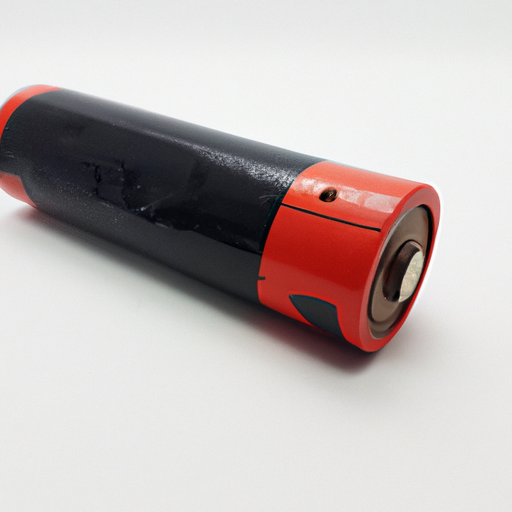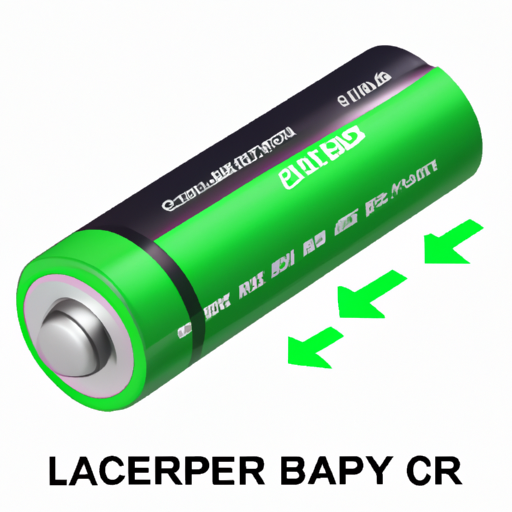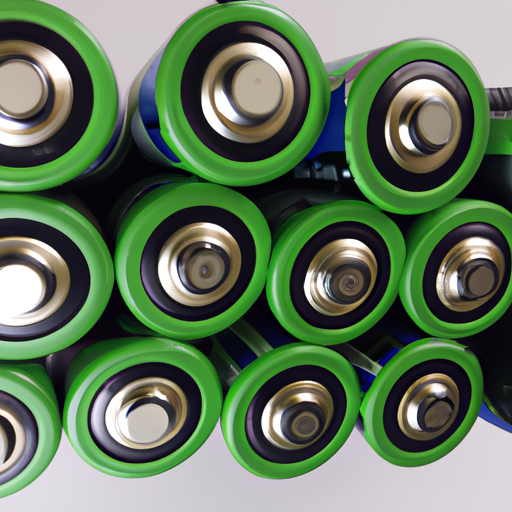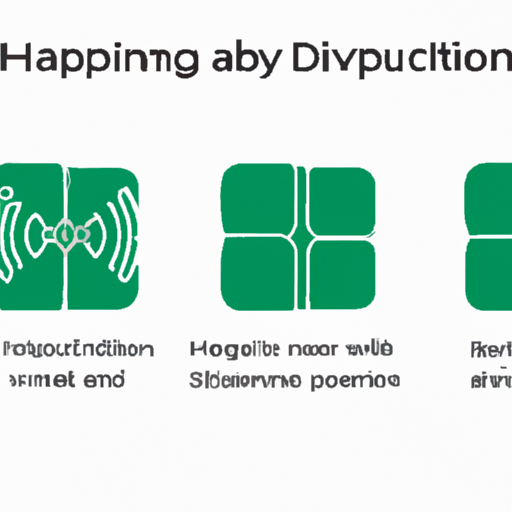Common Battery Holder Specifications: Popular Models
I. Introduction
Battery holders are essential components in the world of electronics, serving as the interface between batteries and devices. They provide a secure and reliable way to connect batteries to electronic circuits, ensuring that power is delivered efficiently. The importance of battery holders cannot be overstated, as they play a crucial role in the functionality and longevity of electronic devices. This article aims to explore the various types of battery holders, their specifications, popular models, applications, and best practices for selection.
II. Types of Battery Holders
A. Fixed Battery Holders
Fixed battery holders are designed to accommodate specific battery sizes, such as AA, AAA, or 9V batteries. These holders are typically molded to fit the battery snugly, ensuring a secure connection. They are commonly used in consumer electronics, toys, and small appliances.
**Common Specifications:**
- Size: Standard sizes like AA, AAA, and 9V.
- Material: Usually made from durable plastic or metal.
- Contact Type: Often feature spring contacts for reliable connectivity.
B. Adjustable Battery Holders
Adjustable battery holders offer flexibility in accommodating different battery sizes. They are particularly useful in applications where the battery type may change or when using rechargeable batteries. These holders can be adjusted to fit various battery lengths and widths.
**Common Specifications:**
- Size: Adjustable to fit multiple battery types.
- Material: Typically made from high-quality plastic.
- Contact Type: May use either spring or flat contacts.
C. Specialty Battery Holders
Specialty battery holders are designed for specific applications, such as rechargeable batteries or unique battery configurations. These holders often include features like built-in charging circuits or safety mechanisms to prevent overcharging.
**Common Specifications:**
- Size: Varies based on the specific battery type.
- Material: Often made from heat-resistant materials.
- Contact Type: May include specialized contacts for charging.
III. Common Battery Holder Specifications
A. Size and Dimensions
The size and dimensions of battery holders are critical for ensuring compatibility with devices. Standard sizes include AA, AAA, 9V, and coin cell holders. The right size ensures that the battery fits securely, preventing movement that could lead to poor connections or damage.
B. Material Composition
Battery holders are typically made from plastic or metal. Plastic holders are lightweight and cost-effective, while metal holders offer enhanced durability and conductivity. The choice of material can impact the holder's performance, especially in high-temperature environments.
C. Contact Type
Battery holders can feature different types of contacts, primarily spring contacts and flat contacts.
Spring Contacts: These provide a reliable connection and are less prone to corrosion. They are commonly used in fixed battery holders.
Flat Contacts: These are often found in adjustable holders and can provide a more stable connection but may be more susceptible to wear over time.
D. Voltage and Current Ratings
Battery holders are rated for specific voltage and current levels, which are crucial for ensuring that they can handle the power requirements of the devices they serve. Typical voltage ratings correspond to the battery types they accommodate, such as 1.5V for AA and AAA batteries and 9V for 9V batteries. Current handling capabilities are also important, as they determine how much power can be drawn without overheating or damaging the holder.
E. Mounting Options
Battery holders can be mounted in various ways, including PCB mount and panel mount options. PCB-mounted holders are soldered directly onto a circuit board, providing a secure and compact solution. Panel-mounted holders are designed to be installed in enclosures, making them suitable for larger devices.
IV. Popular Battery Holder Models
A. Model Overview
Several battery holder models are popular in the market, each with unique specifications and features. Some of the most common include:
1. **Adafruit 3xAA Battery Holder:** This holder is designed for three AA batteries and features a PCB mount. It is ideal for projects requiring a compact power source.
2. **SparkFun 9V Battery Holder:** A fixed holder for 9V batteries, this model includes a snap connector for easy battery replacement.
3. **Digi-Key Adjustable Battery Holder:** This adjustable holder can accommodate various battery sizes, making it versatile for different applications.
B. Comparison of Features
When comparing battery holder models, it’s essential to consider their strengths and weaknesses. For instance, the Adafruit holder is compact and easy to use, but it may not be suitable for high-drain applications. In contrast, the SparkFun 9V holder is robust and reliable but limited to a single battery type. The Digi-Key adjustable holder offers flexibility but may require more space in a project.
V. Applications of Battery Holders
A. Consumer Electronics
Battery holders are ubiquitous in consumer electronics, powering devices such as remote controls, cameras, and portable speakers. They provide a convenient way to replace batteries, ensuring that devices remain functional without the need for complex wiring.
B. Industrial Applications
In industrial settings, battery holders are used in machinery and equipment that require portable power sources. Their reliability and performance are critical, as downtime due to battery failure can be costly.
C. DIY and Hobbyist Projects
Battery holders are popular among makers and hobbyists, providing a simple solution for powering custom projects. Their versatility allows for easy integration into various designs, from simple circuits to complex robotics.
VI. Best Practices for Selecting Battery Holders
A. Assessing Device Requirements
When selecting a battery holder, it’s essential to assess the device's voltage and current needs. Understanding the compatibility with battery types is also crucial to ensure optimal performance.
B. Evaluating Quality and Durability
The quality of the material and construction of the battery holder can significantly impact its performance and longevity. Opting for high-quality holders can prevent issues related to wear and tear over time.
C. Cost vs. Quality
Balancing budget constraints with performance needs is vital when selecting battery holders. While cheaper options may be tempting, investing in quality holders can save money in the long run by reducing the need for replacements.
VII. Conclusion
Battery holders are a fundamental component in the design and functionality of electronic devices. Understanding their specifications and the various models available can help in selecting the right holder for specific applications. Whether for consumer electronics, industrial machinery, or DIY projects, the right battery holder ensures reliable power delivery and enhances the overall performance of devices. As technology continues to evolve, further exploration and research into battery holder innovations will be essential for meeting the demands of modern electronics.
VIII. References
- Battery Holder Specifications and Standards
- Industry Guidelines for Battery Holder Selection
- Manufacturer Datasheets for Popular Battery Holder Models
This comprehensive overview of common battery holder specifications and popular models provides valuable insights for anyone looking to understand or select battery holders for their projects or products.













